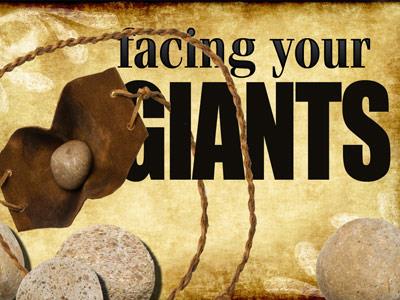-
Why Are You Afraid? Series
Contributed by Scott Chambers on Nov 28, 2017 (message contributor)
Summary: This is a message in a series based on questions that Jesus asked and that were asked of Him.
Webster defines fears as an unpleasant often strong emotion caused by anticipation or awareness of danger. However this definition only seems to scratch the surface. Because if you have experienced extreme fear you realize that it is this and so much more. Fears are the irrational beliefs about how an object, event, happening, or feeling will result in negative, disastrous, life threatening, disturbing, or unsettling consequences for you. They are the disabling beliefs you carry in yourself that prevent you from living a productive, healthy, and growth-enhancing life or they can take the form of excuses behind which people hide to avoid change or growth. Fear can immobilize the decision making process. Fears can prevent you from overcoming your insecurity, prevent you from trusting in others, and prevent you from being willing to become vulnerable in order to grow. They can prevent you from being willing to let go of old habits or ways of thinking in order to change. Fear is a powerful and crippling force that can damage our lives, as well as our emotional and spiritual well being. The trials that often result in extreme fear and anxiety have the ability to allow us to be seen in our truest and deepest dimensions. Ernest Hemingway wrote, “Trials do not make or break the individual, they merely reveal the individual.” This powerful statement that Hemingway makes comes into the spotlight in our text as the disciples are faced with a tremendous trial as the wind, waves and rain threaten to rip apart their small boat as they made their way across the Sea of Galilee. It was in the midst of this frightening storm that their true colors were revealed. This prompts Jesus to ask the question, “Why are you so afraid?”
I. Bringing the fears and anxieties that plague us into focus.
A. Trials and their accompanying fears are something that plagues all of us.
1. Approximately 6.3 million American adults, or about 4.4 percent of people in this age group in a given year, have some type of specific phobia.
2. There are 535 known specific phobias. Let me share some of my favorites with you.
a. Consecotaleophobia-fear of chop sticks
b. Coulrophobia-fear of clowns
c. Clonophobia-fear of going to bed.
d. Chronometentrophobia-fear of clocks
e. Anthrophobia-fear of flowers.
f. Bufonophobia-fear of toads.
3. Anxiety disorders are the most common metal illness in the U.S. with 19.1 million adults suffering from some form. That is 13.3% of the population.
4. Worry and fear seems to increase with age. Because young people feel like it will never happen to them and older people realize the nasty turns that life can unexpectedly take.
5. The reality is that a good portion of our society is living with some type of fear.
B. All the fear has caused us to become one of the most worrisome cultures to ever live upon the face of the earth.
1. The anxiety comes into our lives and steals our joy and replaces it with panic.
2. We worry about everything from relationships to the environment.
3. The fear and worry causes us to develop numerous physical symptoms such as chest pains, headaches, dizziness and even cancer.
4. Last year more than $22.84 billion dollars were spent on medical treatment by those with anxiety disorders seeking relief from physical symptoms that mimic physical illness.
5. Even as Christians we are not immune to all these worries and fears, even if they are real or imagined.
II. A text book example from the first century of the effects of fear and anxiety.
A. Even Jesus’ disciples fell apart when things seemed to be beyond their control.
1. This is the first of three scenes in Mark in which the disciples have a special learning experience with Jesus while crossing the Sea of Galilee. The lake was one place where Jesus and the disciples could be alone—although in this first instance, there were other boats with them. We are not told what happened to the other boats. Perhaps they were lost in the storm or driven back to the western shore of the lake.
2. The geographic location of the Sea of Galilee makes it particularly susceptible to sudden, violent storms. It is situated in a basin surrounded by mountains and 680 feet below sea level. Though at night and in the early morning the sea is usually calm, when storms come at those times, they are all the more treacherous.
3. The storm that arose must have been a major storm to strike fear into even experienced Galilean fishermen.
4. In fact this storm was so severe that Matthew in his account of this event uses the word seismos to describe it, the same Greek word used for earthquake.
B. Most readers probably find the disciples’ fear understandable. Jesus did not.

 Sermon Central
Sermon Central



